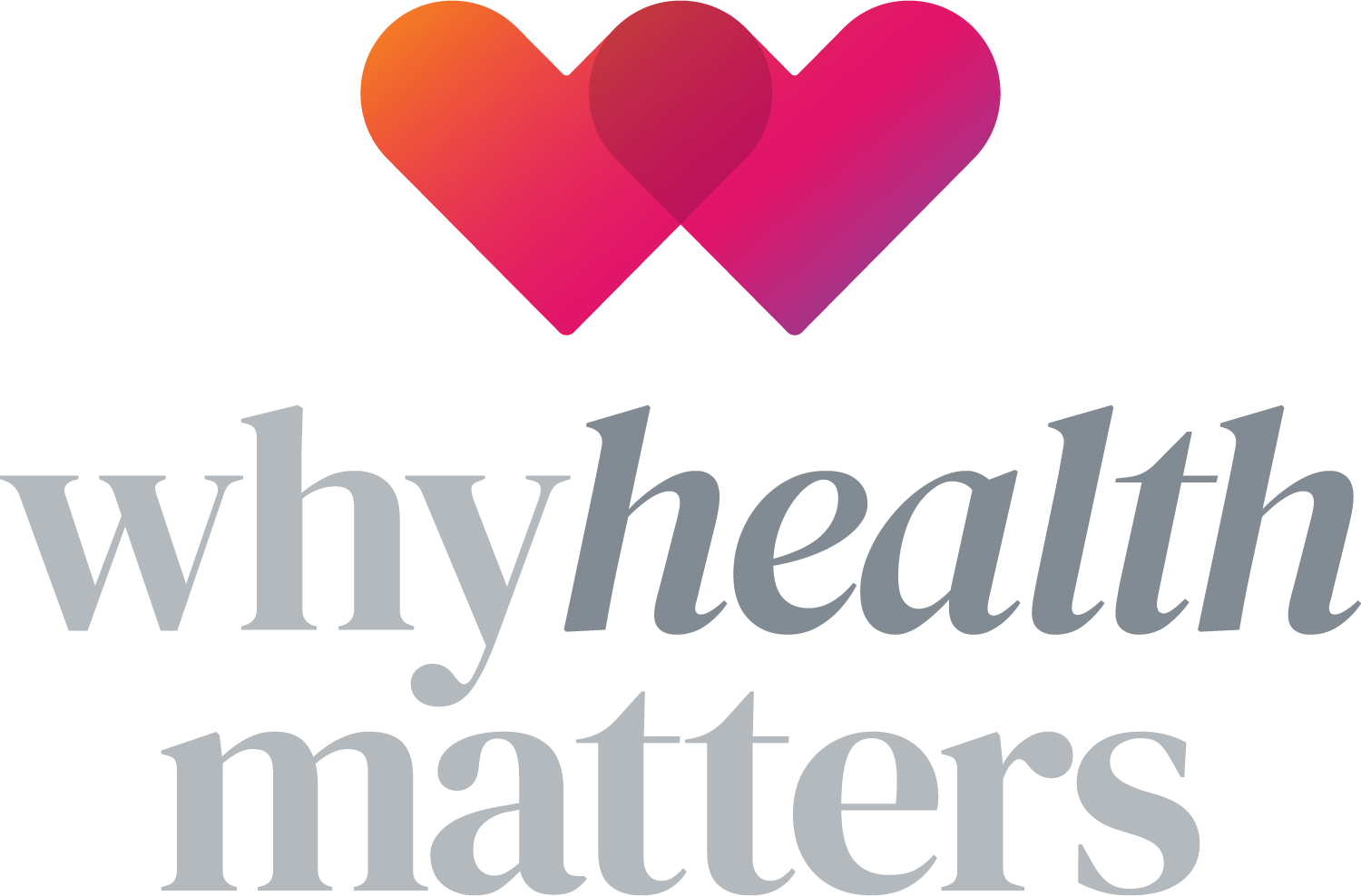Documenting Your Family Health History

You see the forms every time you go to the doctor’s office. Maybe you leave the family medical history part blank. After all, how are you to know what age your grandmother died and which heart ailment she had?
But knowing your family’s health history can help your healthcare provider give you better care. Taking some time to document your family medical history can make the visit feel a little easier. Here’s a look at how to build your family health history — starting with why it matters.
Why providers need to know your history
Sharing your family health history helps your provider with the big picture to adjust your specific care. Your family health history can indicate your risk for certain clinical conditions, which may require performing certain tests sooner.
For example, your doctor may recommend screening for colon cancer at a younger age if there is a known history of it in your family. Similarly, having a first-degree (mother/sister) relative with breast cancer, especially on your maternal side, puts you at higher risk as well. Catching cancer earlier gives women more options for treatment and increases survival rates. Understanding your own inherent risk also can empower you to make changes in the areas that you can control to lower your personal risk.
How to build your family health history
- Ask questions! Explain that you’re not trying to be nosy, but it’s important to document this information as you take control of your own health and perhaps document a family health history for your children.
- Start with providing as much detail as possible regarding key family members: your mother, father, siblings and children. Ideally, you would provide information on second-degree relatives like grandparents, aunts, uncles and cousins next, but initially focus on your first-degree relatives.
- Be sure to document major health conditions such as cancer history and chronic conditions like high blood pressure, heart disease and diabetes. Allergies, substance use disorder, and behavioral health conditions like depression and anxiety also should be included. If a family member is deceased, note their age and cause of death.
- You can create your own document on your phone or computer, or you can use a service like My Family Health Portrait to help build your records.
Understanding your family’s health history and your related risks is critical to protecting your health and your children. That’s why it’s so important to keep your provider in that loop as well.
Learn more
The CDC offers additional resources on building your family health history as well as a family health history checklist for children on their website.




 BACK TO RESOURCES
BACK TO RESOURCES